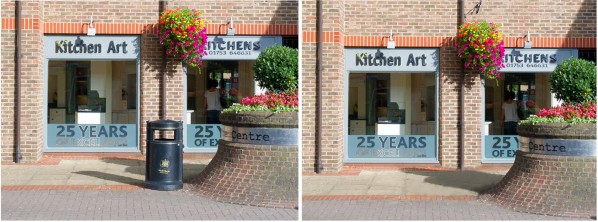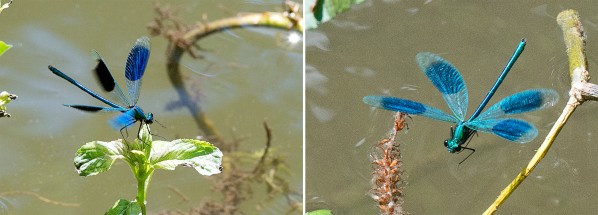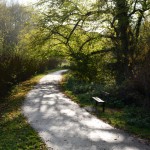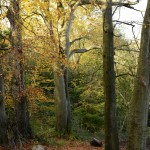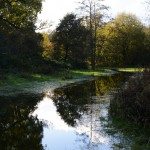Sometimes it is necessary to do retouching on an image to obtain the best result for where it will be used. In past days of the film world a photographer would have to take extra care in noticing what is in the shot being taken because with film once shot its shot and correction was virtually impossible. This actually made the older generation of photographers out there more precise on what they were trying to achieve.
With film the only way an image could be corrected after it has been taken would be to actually retouch a transparency. Yes, that right you younger generation digital users out there, retouch a piece of positive film. This was an extremely talented process where an artist who could look at the image and then paint over the emulsion of the film the correction. Then when scanned it would be correct for print. This was a consideration not taken lightly due to the costs involved. The only other way to correct the image was to do a complete reshoot and sometimes this was not possible.
With the introduction of the digital age an image now can be cleaned up at the post production stages and small imperfections can be removed and replaced to create the desired effect. Little issues that I would notice when taking a photograph in the first place would be objects or litter on a pavement with an external shot or an untidy desk with used plastic coffee cup while taking a portrait.
As a corporate photographer in London I recently photographed a series of kitchen installations and my client wanted to use an image of the external view of the high street outlet in the advertising campaign. The only angle available to me that made the correct shot also had an obstruction of the council street bin. With film you would have had to live with it but as you can see from the two images here after a little work the bin has been removed and the wall and pipe work replaced as it was never there. This makes the image overall more attractive because before my eye would home in on the unsightly refuse container that could not be moved out of the way.
So the retouching process in modern life can be a great advantage with weddings, replacing skies on dull days and removing unwanted areas of imperfections. This has also opened up a world of services to the creative person but it is a shame that it has actually taken away the personal skill and eye of a particular photographer that would separate him or her from the rest of a crowd.

